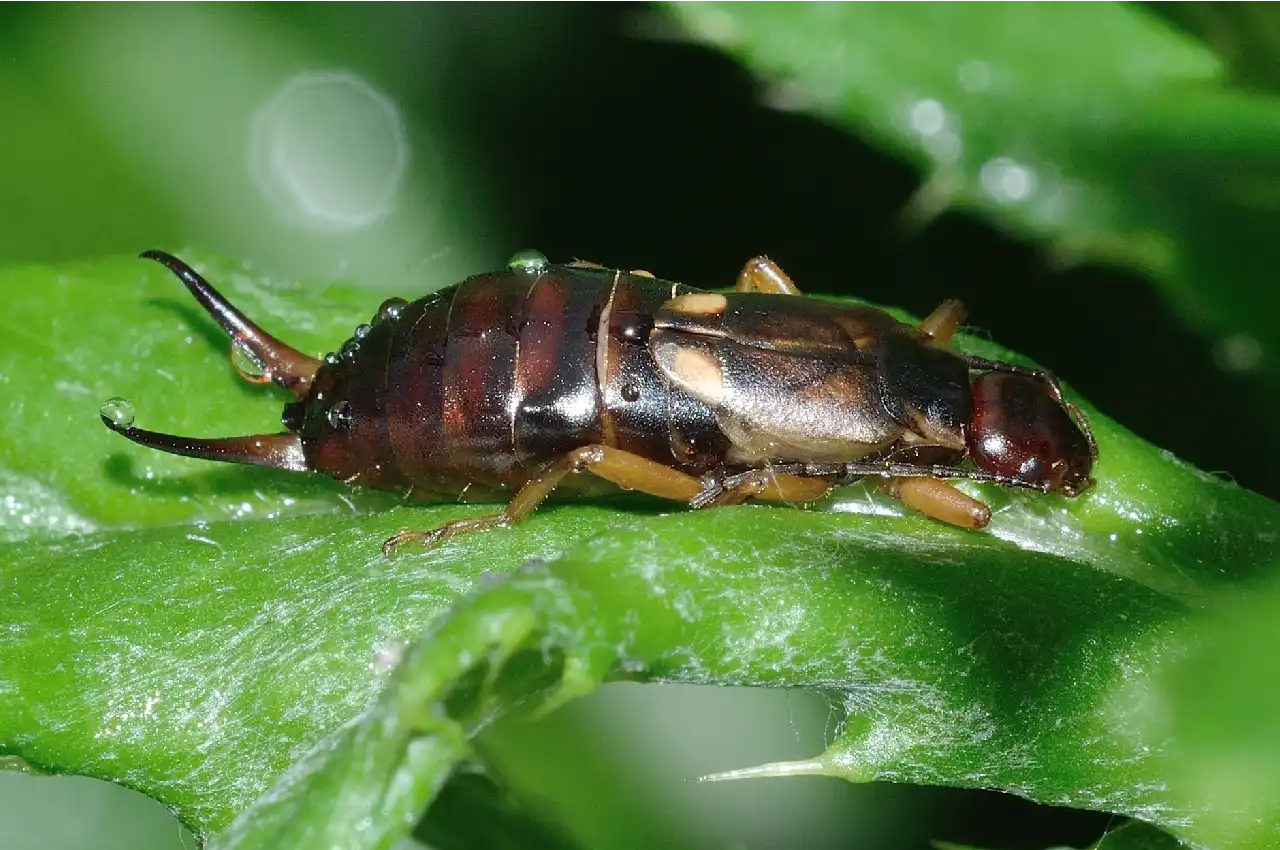NEWS
What to Do When Mulch Bugs Have Taken Over Your Landscape

Mulch Bugs
Did you know that the most common mulch bugs include termites, earwigs, and centipedes?
The warm, moist environment created by mulch is not only appealing for the growth of your precious plants, and it acts as an open invitation for an array of bugs.
A landscape overrun by mulch bugs can be a gardener’s worst nightmare. But before you declare war on these tiny invaders, let’s take a breath and understand that not all bugs are harmful.
Quite often, a balanced ecosystem is what you should aim for. To help you understand what to do about mulch bugs, we’ve written a guide. Keep reading if you want to find out more.
Identifying the Most Common Mulch Bugs
Many mulch bugs are beneficial to the health and growth of your garden. But when the balance tips in favor of the harmful bugs, it’s time for effective pest control strategies.
Identifying the types of garden bugs frequenting your mulch is the first step in understanding your problem. Pillbugs and sowbugs are common mulch-loving insects.
They feed on decomposing organic material and help in breaking down the mulch, thus playing an essential role in nutrient cycling. However, in excessive numbers, they might feed on young plants.
Centipedes and ground beetles, often found under the mulch, are beneficial predators that feed on a variety of harmful insects and their larvae.
They work as natural pest controllers, helping you keep the harmful bug population under control.
Getting Rid of Harmful Mulch Bugs
Bugs like termites and cockroaches that are also attracted to mulch can be harmful pests. Termites pose a risk as they can move from the mulched areas to your home, causing structural damage.
Similarly, cockroaches are not only unsightly but also potential carriers of diseases.
Slugs and snails are other common mulch pests that can cause significant damage to your plants. They thrive in the moist conditions provided by mulch and feed on a variety of plants.
Earwigs, too, can be a nuisance in the garden, feeding on both dead and live plant material.
When it comes to managing these harmful mulch bugs, there are several strategies you can implement. First, maintain a balance in the mulch layer.
A thick layer of mulch may retain too much moisture, creating a haven for pests. Keep your mulch about 2-3 inches thick. This is enough to keep the soil moist and weed growth in check but not too welcoming for pests.
Second, consider using pest-repelling mulch such as cedar, cypress, or pine needles. These types of mulch have natural oils that repel certain insects.
Finally, for severe infestations, consider hiring a pest control company. Visit the Tier 1 Pest Solutions homepage to find out more.
What to Do About Mulch Bugs
It can be frustrating to realize that mulch bugs have taken over your garden.
But it’s important to understand that not all mulch bugs are bad. On the other hand, if harmful mulch bugs have infested your soil, it might be time to hire a pest control service.
Do you want to find out more about the best tech solutions for gardening? If so, make sure to check out the Tech section of our Blog.
Having completed my education in English, I’ve cultivated a successful career as a content writer. My tenure includes valued collaborations with distinguished professional organizations, reflecting my commitment to producing high-quality content.
Contact me on this mail: [email protected]










